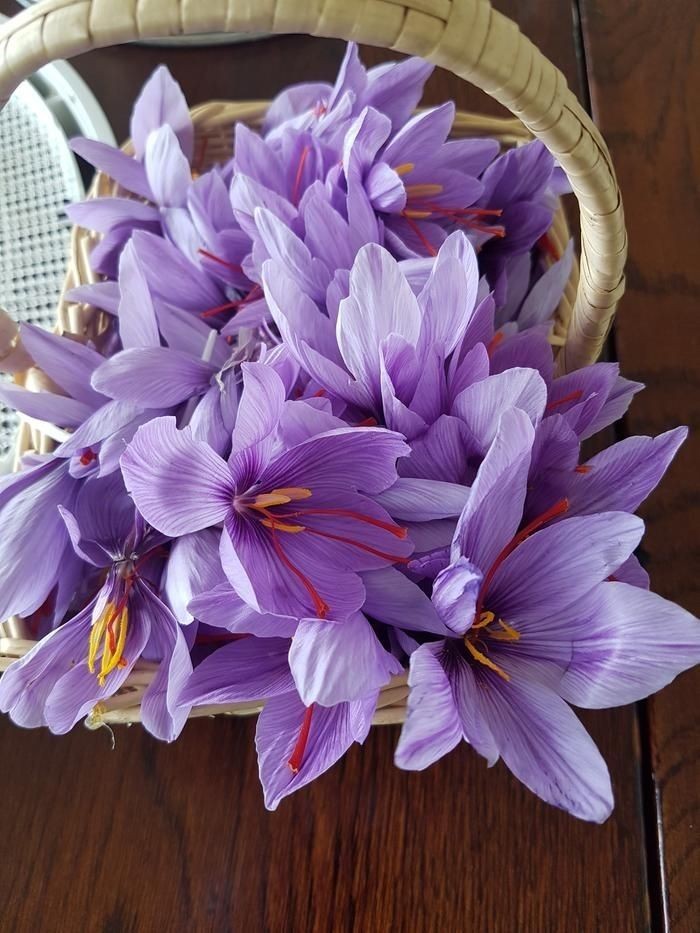Categories
The latest content
-

How to Source Iranian Black Raisins; What Global Buyers Should Know
..
-
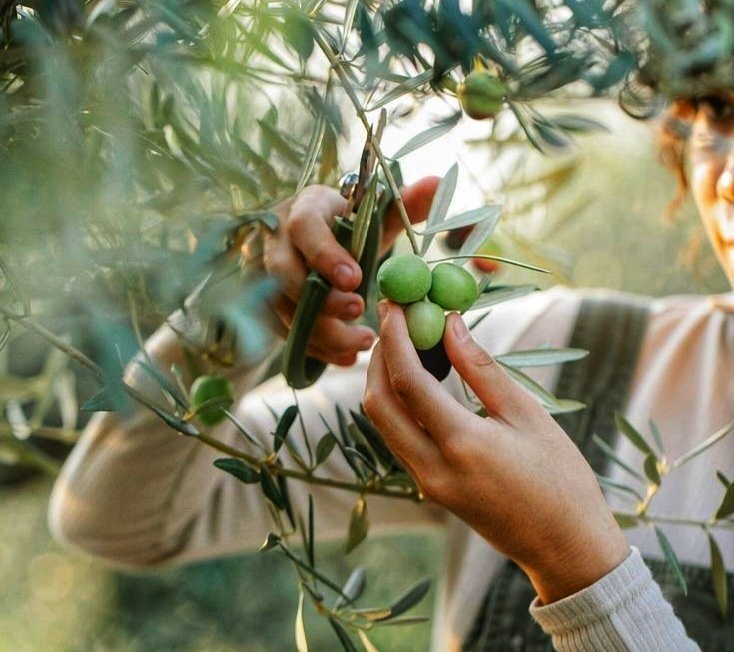
The History of Olive Cultivation in Iran; From Ancient Roots to Global Markets
..
-
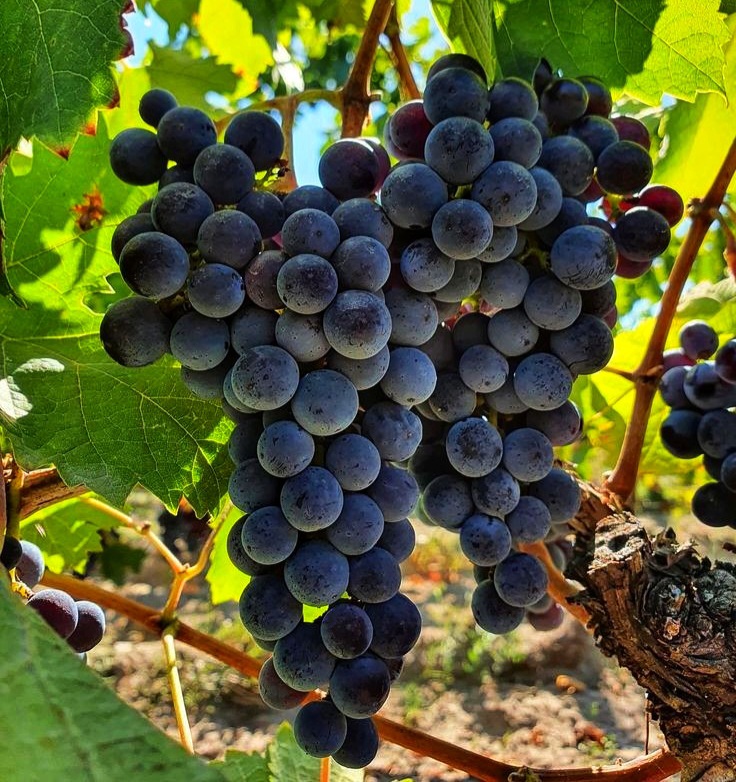
Iranian Black Raisins in Europe; Key Export Destinations, Market Insights, and Growth Potential
..
-

Iranian Chickpeas in the UAE; Market Trends, Consumer Preferences & CIF Price Insights
..
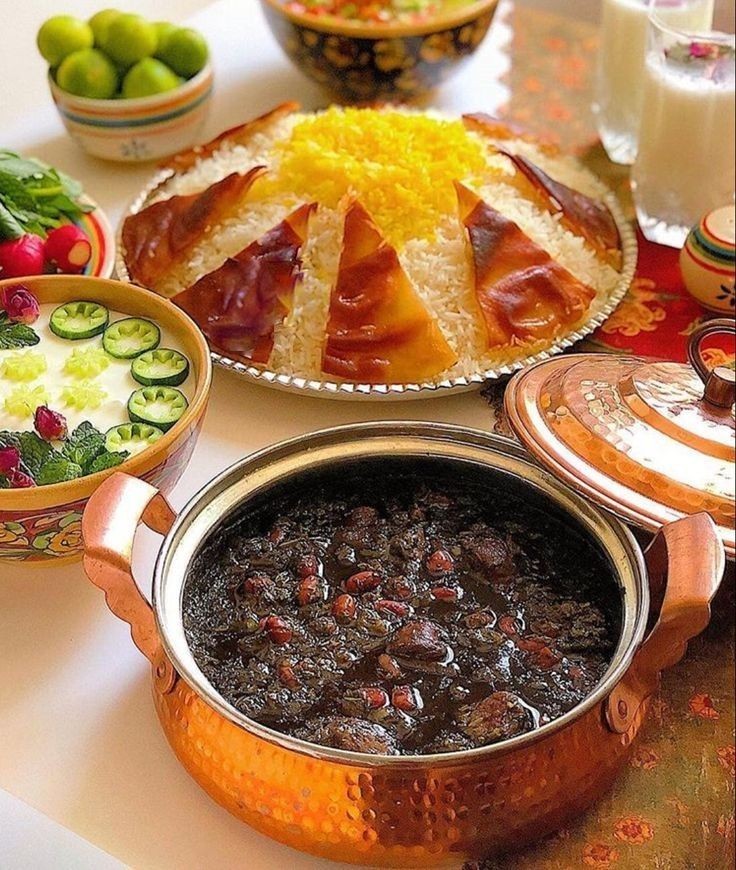
Tags
Unlocking the Dutch Market; CIF Price, Market Trends & Consumer Preferences for Iranian Saffron in the Netherlands
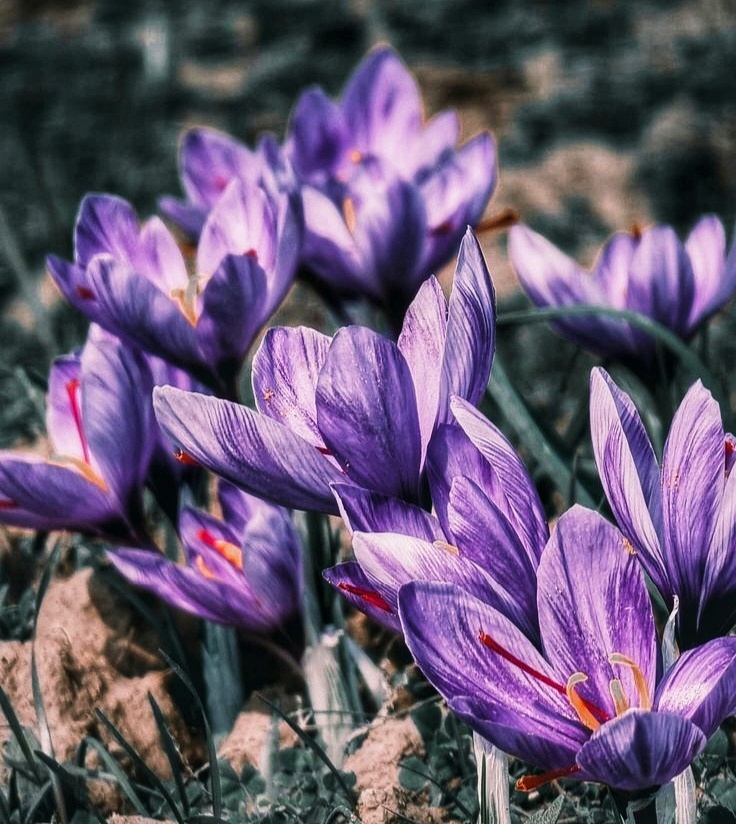
The Netherlands, known for its openness to global trade, innovation in agriculture, and love for high-quality food products, has become an increasingly attractive destination for Iranian saffron. As the world's leading producer of saffron, Iran holds a golden opportunity to strengthen its presence in the Dutch market—one that values quality, sustainability, and authenticity.
In this article, we explore the CIF price structure of Iranian saffron delivered to the Netherlands, examine the latest market trends, and delve into the evolving consumer preferences that shape demand in this prosperous European country.
CIF Price of Iranian Saffron in the Netherlands (2025 Update)
The CIF (Cost, Insurance, and Freight) price for Iranian saffron shipped to major Dutch ports like Rotterdam or Amsterdam generally ranges between €1,600 to €2,000 per kilogram. This price is influenced by:
• Saffron type: Super Negin commands the highest rates, followed by Negin and Sargol.
• Certification and origin traceability: Organic-certified and lab-tested batches can sell at premium prices.
• Packaging style and weight: Luxury or retail-ready packages (0.5g to 2g) for supermarkets or boutiques increase product value.
• Shipping quantity: Bulk purchases usually lower CIF cost per kilo, while smaller lots incur higher per-unit costs due to fixed shipping and insurance fees.
Despite fluctuations in logistics and global demand, Dutch importers are willing to pay more for saffron with proven purity, strong aroma, and authentic Iranian origin.
Current Market Trends in the Netherlands
1. Health and Wellness Drive Saffron Demand
Dutch consumers are increasingly turning toward natural supplements and functional foods. Saffron is praised for its anti-depressant, anti-inflammatory, and antioxidant properties. This makes it highly attractive to health-conscious individuals and wellness brands.
2. Demand for Organic and Certified Products
Products with EU organic certification, ISO 3632 lab results, and transparent sourcing enjoy higher trust and demand in both retail and B2B sectors. Distributors often seek proof of quality before agreeing to long-term contracts.
3. Growth of E-Commerce and Boutique Retail
Online sales platforms and high-end food boutiques are booming in the Netherlands. Many Dutch consumers prefer to buy saffron from well-presented, story-driven brands offering convenience and authenticity. Exporters with strong branding and e-commerce-ready packaging (especially with Dutch translations) gain significant market traction.
4. Sustainability and Fair Trade Expectations
Sustainability and fair-trade practices are no longer optional—they're expected. Consumers, particularly younger demographics, prefer brands that promote ethical sourcing and provide insight into the lives of saffron farmers in Iran.
Consumer Preferences in the Dutch Saffron Market
• Premium Quality: Vibrant red stigma, intense aroma, and high crocin content are essential. Mixed, pale, or broken threads lower the perceived value.
• Elegant, Functional Packaging: Dutch customers love aesthetics and minimalism. Clean, informative, and protective packaging boosts buyer confidence.
• Language Localization: Providing Dutch-language labeling, instructions, recipes, and health tips helps bridge cultural gaps and encourages purchase.
• Culinary and Medicinal Uses: While saffron is used in dishes like paella and risotto, it’s also consumed in teas and supplements. A growing number of consumers use it as a mood stabilizer or natural antidepressant.
Strategic Tips for Iranian Exporters
To succeed in the Dutch market, exporters should:
• Offer high-quality, tested saffron with ISO certification or EU organic labeling.
• Partner with local distributors, online sellers, or health food stores.
• Focus on packaging: Consumer-ready saffron in beautifully designed 1g or 2g containers sell better than bulk.
• Tell your story: Dutch buyers appreciate a brand with heritage, transparency, and commitment to fair trade.
Conclusion
The Netherlands presents a highly lucrative market for Iranian saffron—one that rewards quality, storytelling, and strategic branding. By aligning your product with consumer expectations and adhering to CIF shipping standards, you can gain a strong foothold in this thriving European destination.
If you're ready to introduce your premium Iranian saffron to the Dutch market, contact us today to explore partnerships, pricing, and custom packaging options tailored for the Netherlands.



